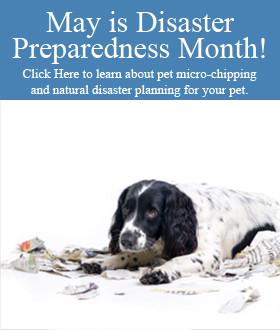This is the document that informs Veterinarians in respect to Rabies vaccines, and the requirements for those vaccines. This document reveals the protocol for even the best run TNR program fails the Rabies vaccine standard of care miserably. Page 12 of the compendium shows the standard for each type of Rabies vaccine sold, and all of them require a booster shot. This is a familiar concept for any pet owner who provides veterinary care for their pet, as they are vaccinated yearly, and then perhaps every three years, after the initial puppy or kitten vaccination. In other words, the protocol demands two shots in the first year of life for the pet, and unfortunately, we are not aware of any TNR program that provides that booster as required by all the vaccine manufacturers. At best, TNR programs only provide a single dose of a rabies vaccine, which is administered at the time of sterilization. Given that these feral cats are at absolute highest risk for rabies cross species transmission from raccoons and other wildlife drawn to feeding stations, we cannot support any county funded or endorsed TNR program due to the practical impossibilities associated with boosting feral and stray cats. It is also noteworthy this National Public Health group of veterinarians recommends for rabies control, “Stray dogs, cats, and ferrets should be removed from the community. Local health departments and animal control officials can enforce the removal of strays more effectively if owned animals are required to have identification and are confined or kept on leash.” Public health officials understand the wide-ranging implications of stray and feral cats; which is why they do not endorse TNR programs. Because of this issue and many others, we cannot endorse county funded or supported TNR either. You can read the compendium on our HAHF website here.
Adopt Me
[hungryfeed url="http://www.rssmix.com/u/3163525/rss.xml" feed_fields="" item_fields="title,description,date" template="2" max_items="1" order="random"]





































